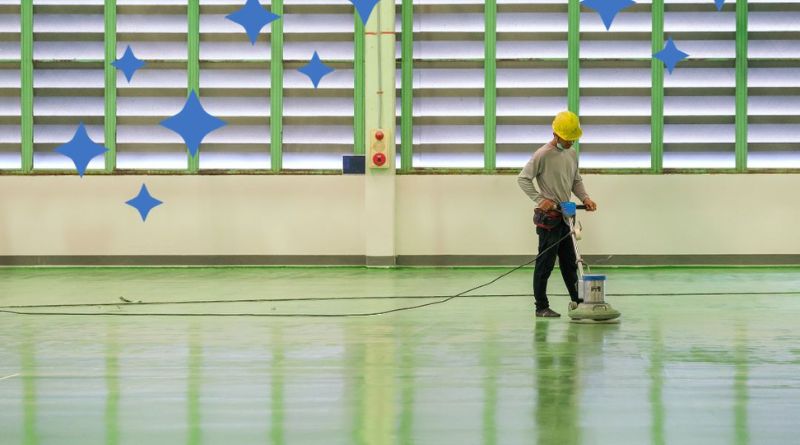Warehouses are the backbone of many industries, from retail to manufacturing. Yet, when it comes to ongoing maintenance, warehouse cleaning is often overlooked in favour of more visible priorities. However, keeping these spaces clean isn’t just about appearance—it’s about safety, compliance, and protecting investments, both physical and operational.
Determining how often to clean a warehouse depends on several factors, including usage, layout, and the nature of the goods stored. But there are standard practices that can serve as a guideline for any facility.
Table of Contents
Everyday and Weekly Cleaning
Daily cleaning tasks typically fall to internal staff or janitorial teams. These include sweeping floors, emptying waste bins, and wiping down surfaces in shared areas such as break rooms and packing benches. In high-footfall areas, a weekly scrub or machine clean may also be necessary to prevent grime from building up.
These tasks ensure the warehouse remains usable day-to-day, but they’re not enough to tackle the deeper issues that accumulate over time.
Monthly and Deep-Clean Intervals
At least once a month—or more frequently in environments with strict hygiene standards—warehouses should undergo a more comprehensive clean. This might include vacuuming high-traffic areas with industrial equipment, cleaning conveyor belts, and removing any tape or label residue that’s been left behind on surfaces.
Areas used for sorting, packing, or handling sensitive goods benefit from sanitisation to prevent cross-contamination, especially where food, medical supplies, or electronic parts are stored.
High-Level and Structural Cleaning
Every few months, high-level warehouse cleaning should be carried out. This involves the removal of dust and debris from elevated areas such as beams, ducting, racking, and lighting fixtures. These areas often go unnoticed but can have a significant impact on air quality and fire risk if left untreated.
Additionally, exterior cleaning should not be forgotten. Over time, the outer shell of the warehouse can collect dirt, moss, and pollutants—especially in urban or industrial zones. Periodic building cleaning, including pressure washing and window cleaning, helps maintain the structure and supports a more professional appearance.
Security and Operational Implications
Cleanliness also intersects with site security. For example, dusty or obstructed cameras can reduce visibility, while cluttered areas near entrances and exits can impede the functionality of door access control systems, intercom systems, or CCTV installations. A clean warehouse makes it easier for security services to maintain full coverage and quick response times.
Final Thoughts
The frequency of warehouse cleaning should match the pace and nature of operations. In logistics, e-commerce, or food distribution hubs, cleaning may be needed weekly or biweekly. In less intensive facilities, quarterly or biannual specialist cleaning may suffice.
What’s essential is to treat cleaning as part of the infrastructure—not a reactive task, but a preventative one. When paired with effective security systems and regular maintenance, it contributes to a safer, more efficient, and more resilient business operation.
